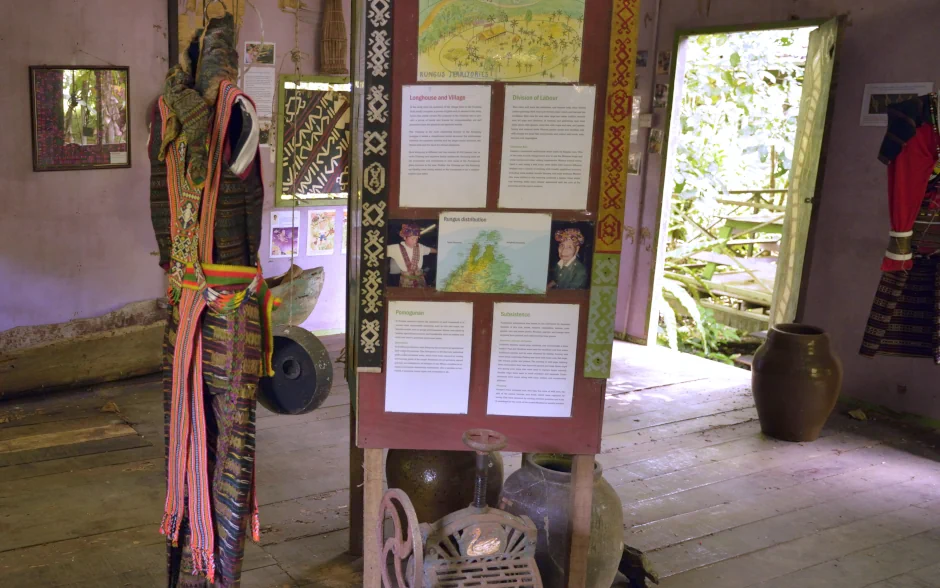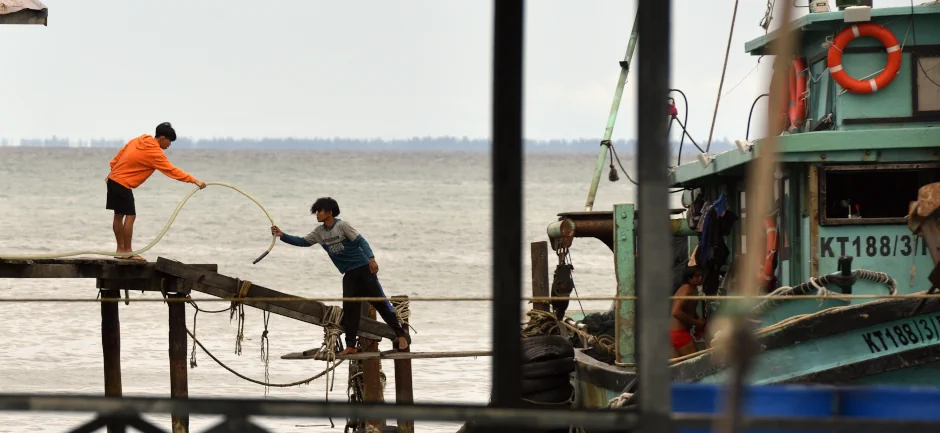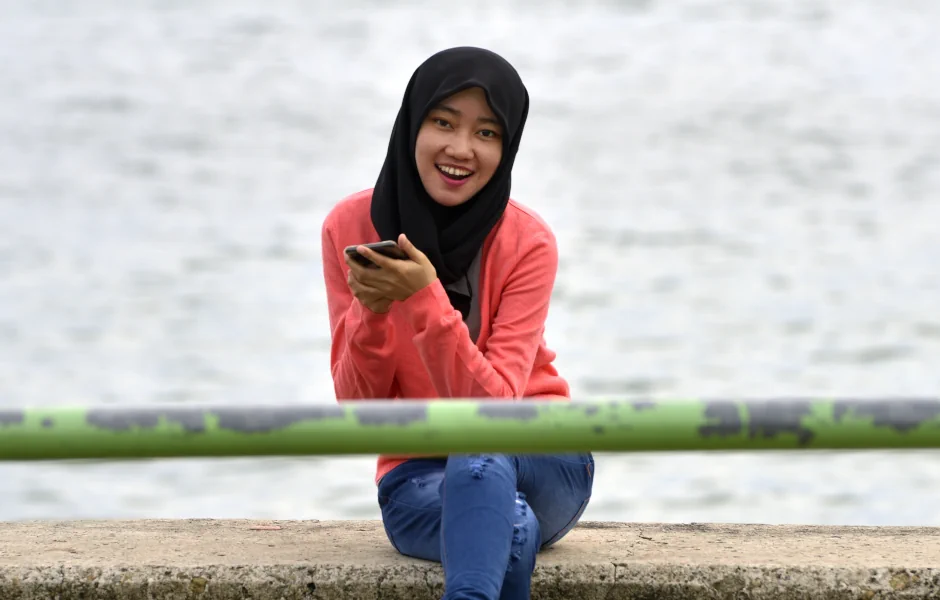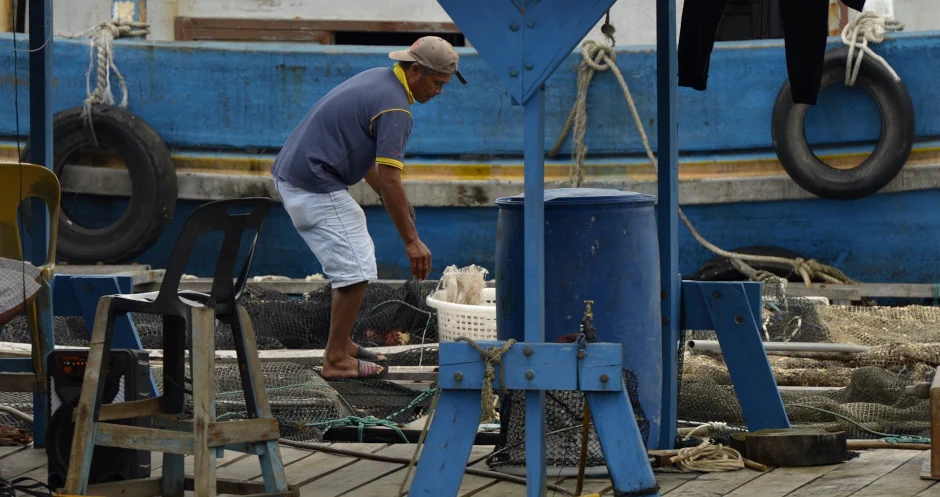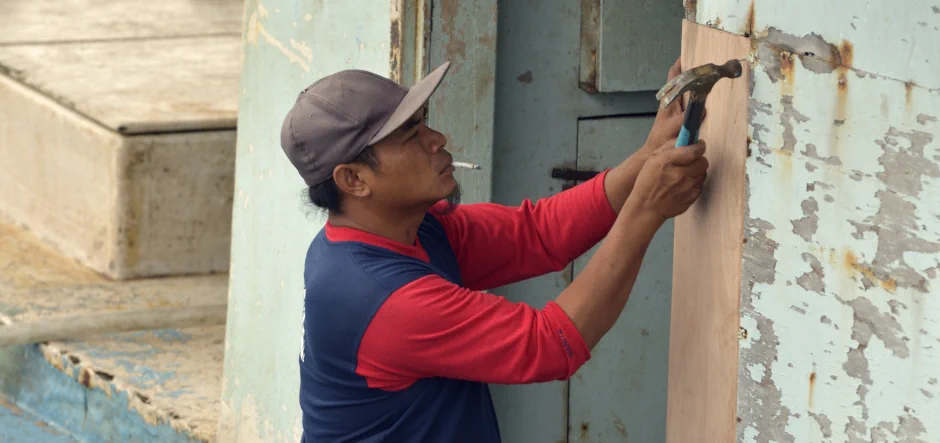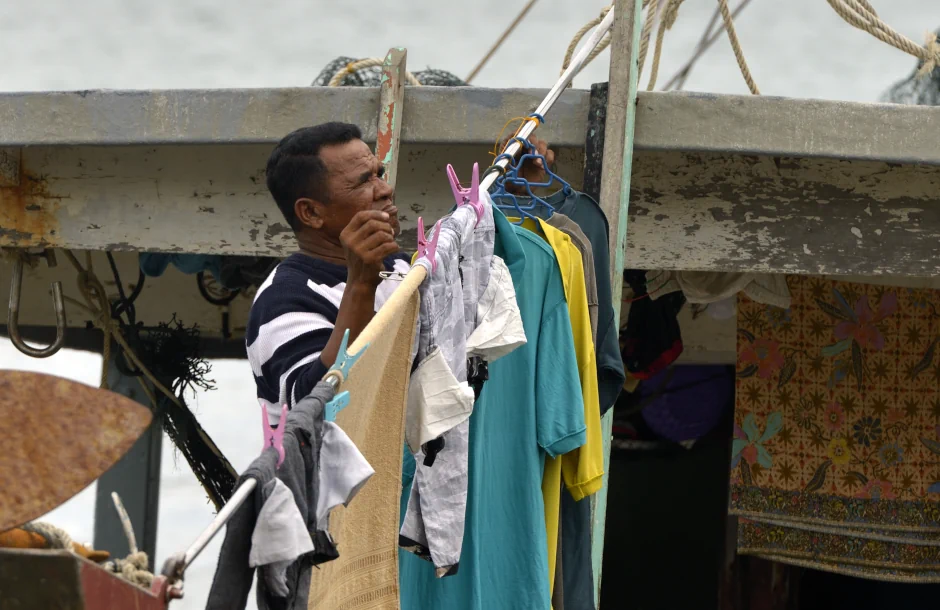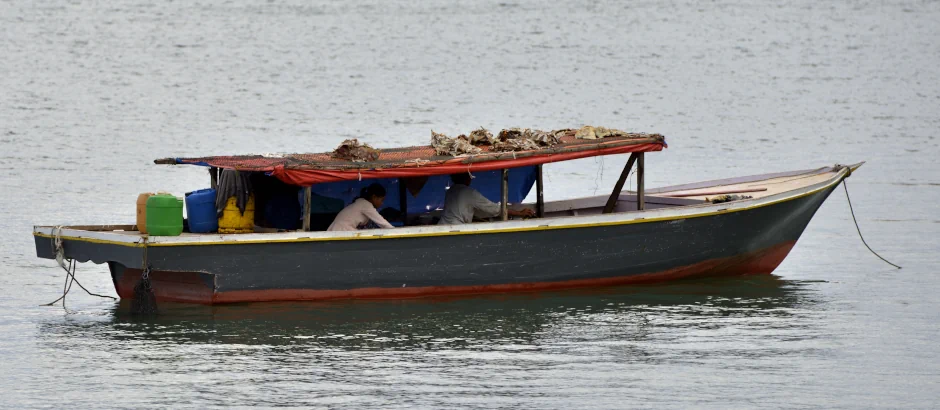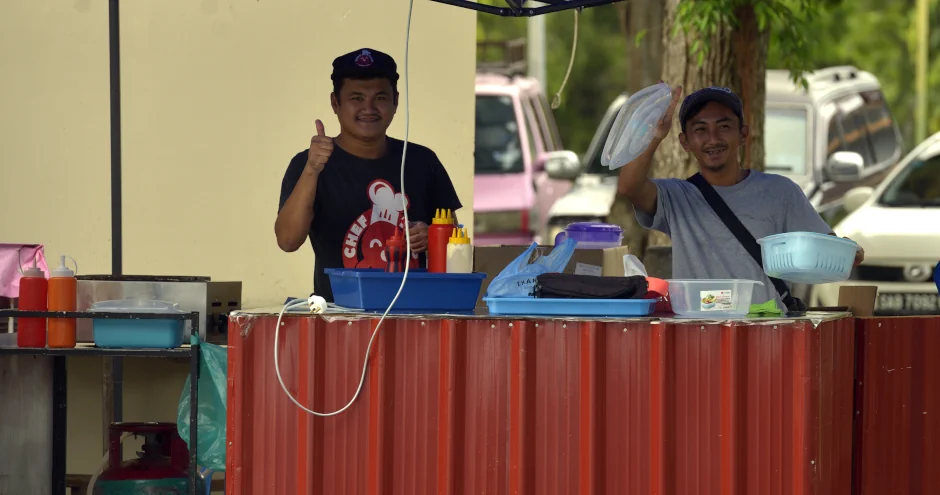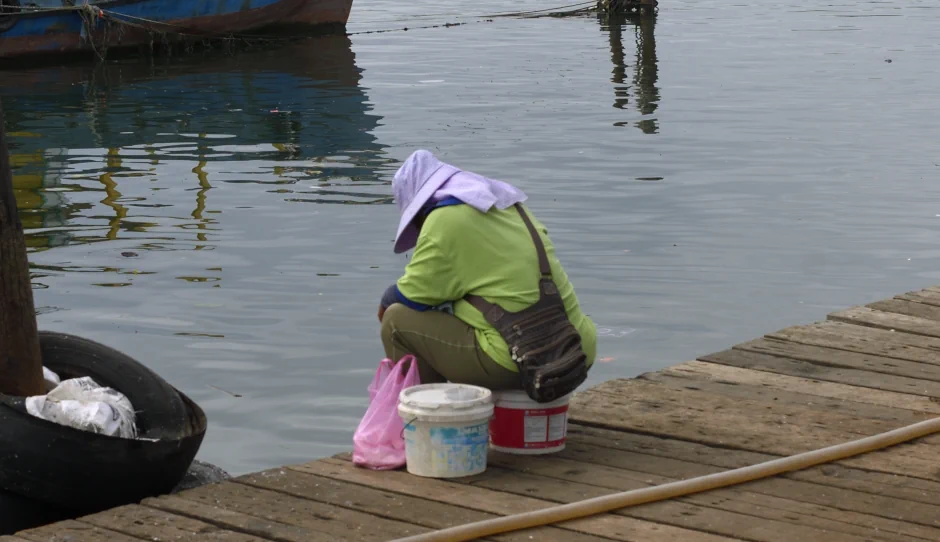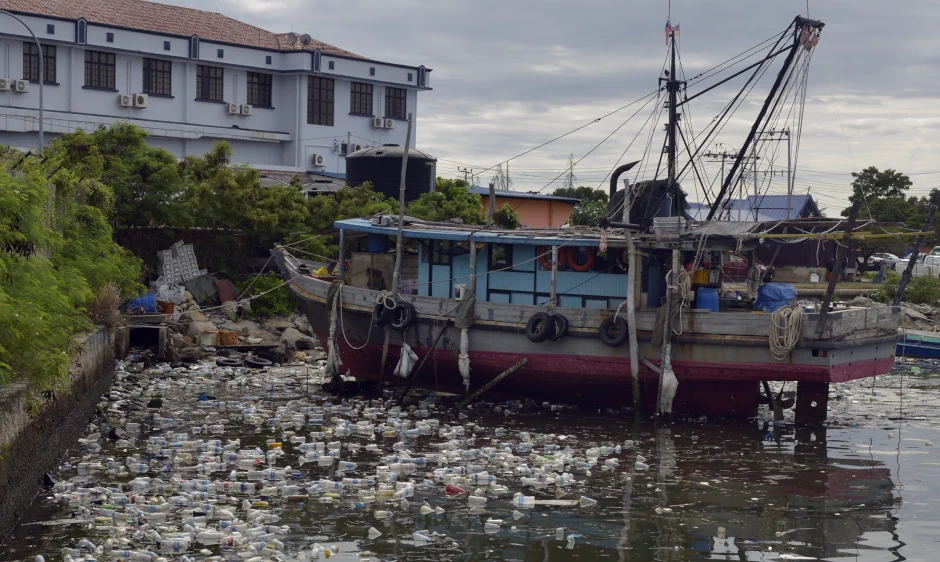Southeast Asia Travel Narrative Story: The Indigenous Rungus People of Kudat, Malaysia
Story and photography by Ray Waddington.
Click/tap an image to begin a captioned slideshow (best viewed on a modern, wide-gamut display) and stock licensing details.
Watch our short film, Indigenous Rungus Fishermen, on YouTube.
Today, if you want to learn briefly about the history, traditions and ancient culture of the indigenous Rungus people, there are short, online articles on encyclopedia websites. If you want more in-depth coverage, there are books and longer articles in the open, academic anthropology literature. Or, you could visit the tiny Rungus museum (pictured below), as I did, which is found about twenty kilometers from the small town of Kudat, Sabah, Malaysia, Borneo.
If, instead, you seek first-hand experience of the modern life of the indigenous Rungus people, your best option is to base yourself in Kudat for about a week, as I also did.
Kudat town and its surrounding district are where most indigenous Rungus people live today. It lies about four hours (by minibus) north of Kota Kinabalu. It is one of those small towns where each day is much like the next. There are a handful of inexpensive, basic hotels and restaurants in the old town. These are supplemented by a few more hotels and restaurants in the newer "Friendly Town" part of the town, but there you will witness less Rungus culture.
Originally called Tomborungan by the Rungus, Kudat is a fishing town. In a way, that is inevitable since it is surrounded by water. The Sulu Sea lies to the north and east, while the bay to the south is a natural and very large inlet. Almost everyone working in the fishing industry here is Rungus. Most of the town's other industries are operated by ethnic Malay and Hakka Chinese.
Like most Malaysians, the Rungus are predominantly Muslims. You wouldn't know that from traveling around Kudat District — where most places of worship are churches — but it becomes obvious after spending just a few minutes in the old town.
The old town is a hive of activity every day. So, you should spend a lot more than a few minutes there. It is small enough to explore on foot. There is a small central business district filled with banks, restaurants, clothing shops etc. Far more interesting, though, are the two harbor and quay areas. These are micro-communities unto themselves where everything that happens is in some way connected to fishing.
While boats are constantly setting out for their next catch, if you stay around long enough, you'll see at least one boat unloading its latest catch. Witnessing this first-hand makes you appreciate that anyone working the boats comes from a long line of fishermen (I saw very few women working on fishing boats). As soon as the boat is tied up, the whole crew springs into action and is orchestrated in getting the fish onto trucks and off to the local fish market (which is not far away) as fast as possible. The fish is also transported to smaller villages and restaurants throughout the district.
Many of the fishermen also live on the boats. Walking around allows you to see crew members eating, relaxing and performing maintenance and minor repairs. I even saw one man hanging his laundry out to dry!
Turning your attention away from land and out to water, you'll see plenty of small craft coming and going as they fish and trawl the shallow depths of the harbor. Although they are not as noteworthy as the larger boats that navigate all the way out to the Sulu Sea, these smaller vessels are a fascinating sight. If you have time, wait for one of these small boats to dock and talk to the owners. They are typically one to three members of a family who are catching just enough to scrape a living. They'll tell you more about the local history of the Rungus people than any museum could.
A walk from here to the second, smaller harbor and quay in Kudat town takes twenty to thirty minutes. But first you should take some time to explore the ancillary businesses in the larger quay that support the fishing industry. These are mainly small restaurants and food stalls (although there is also a small, daily, outdoor market). They are also run primarily by Rungus people. All of them are friendly and welcoming, and can give you insights into their daily life. Something they may share with you is that they used to operate twenty-four hours a day. With the recent economic downturn, though, demand no longer justifies the open-all-hours business model. Trickle-down economics does actually work sometimes.
The smaller quay area is best visited in the early morning or late at night. (Better yet, go at both times as I did; there is still plenty of activity to soak in, along with lots of friendly people to talk to, even at 11:00 p.m.) Walking along the boardwalks in the daytime you're likely to see local Rungus men fishing with lines.
This, of course, is not commercial fishing. These are people hoping to catch that night's dinner for themselves and their family. Seeing this makes you realize that despite a thriving fishing industry, there is yet poverty in Kudat. In fact, Kudat District is one of the financially poorest in all of Malaysia.
I observed another sad fact about Kudat on my morning at the smaller quay. The harbor was overwhelmed with trash. In particular, hundreds of single-use plastic bottles were floating everywhere. Many, if not most, of these bottles must have been tossed into the water by the fishermen. Even if they don't understand the impact to the environment, I find it hard to believe they would not know that they are impacting their own livelihood and financial future.
Kudat is best visited by private transport. That makes it easier to visit a few places of Rungus cultural interest outside the town. These include a honey bee farm, a gong-making village and a village with a traditional Rungus longhouse where you can see cultural performances and even stay overnight.
Photography copyright © 1999 -
2026,
Ray Waddington. All rights reserved.
Text copyright © 1999 -
2026,
The Peoples of the World Foundation. All rights reserved.
Waddington, R., (2023) The Indigenous Rungus People of Kudat, Malaysia. The Peoples of the World Foundation. Retrieved
January 1, 2026,
from The Peoples of the World Foundation.
<https://www.peoplesoftheworld.org/travelStory.jsp?travelStory=rungus>
If you enjoyed reading this travel story, please consider buying us a coffee to help us cover the cost of hosting our web site. Please click on the link or scan the QR code. Thanks!

